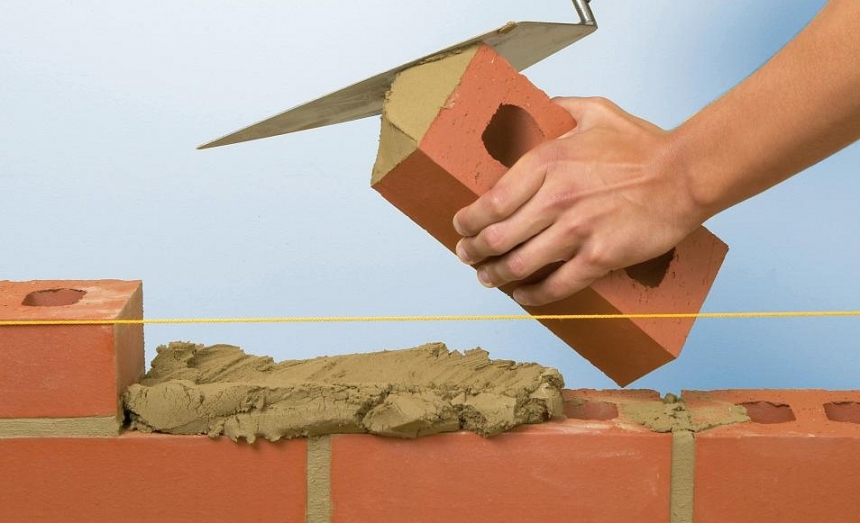
Try to ensure a good mix of your facing bricks
For an attractive appearance without any unsightly colour differences or 'banding' (i.e bricks of a similar shade in one area) in the wall, we strongly advise you to select and mix the bricks from 3 or 4 different packs. We would recommend building a small sample wall panel (approx 60 - 80 bricks) on site prior to build. This will provide bricklayers with a reference of how to mix the bricks as well as a being good indication of how the finished walls should look like.
Bricks with 'frogs'
Bricks with frogs (a shallow indentation in the top surface) should be laid frog uppermost as this will maximise the brickwork’s structural performance. The majority of Crest bricks have a frog and a creased textured face - this crease to the brick face should always 'smile' with the frog to the top side of the brick.
Don’t lay bricks in the rain
Do not lay bricks in the rain! Also ensure that any fresh brickwork is completely covered from the elements. If brickwork is exposed to water for a prolonged period of time, the risk of leaching, cement residues and efflorescence will increase which can cause an unsightly finish.
The effect of different mortar colours to brick joints
The choice of mortar to the brick joint can have a dramatic impact to the overall appearance of the brick façade. Whether you choose light, dark or uniform: the effect can be surprisingly different. For good example please take a look in our showroom and compare the brick samples with the joint samples to determine the perfect combination.
Working with different bricks
If you are working with different bricks try to determine the brick size and course dimensions of each type of brick.
-
Take 10 random bricks from at least 4 different packs.
-
Calculate the mean height (course dimensions), stack 10 bricks on top of each other.
-
Measure the height and divide this by 10.
-
To calculate the mean length (brick size), lay out 10 bricks in a continuous row.
-
Measure the length and then divide this by 10.
Order as many bricks as possible in one delivery
Always try to have the whole amount of bricks supplied in one delivery. The size of the bricks may vary slightly between production sites and production batches. If you need several deliveries, retain sufficient bricks from the first delivery to mix with the new delivery. Also reduced number of deliveries can save on overall costs.
Click here to view our curent range of bricks .

